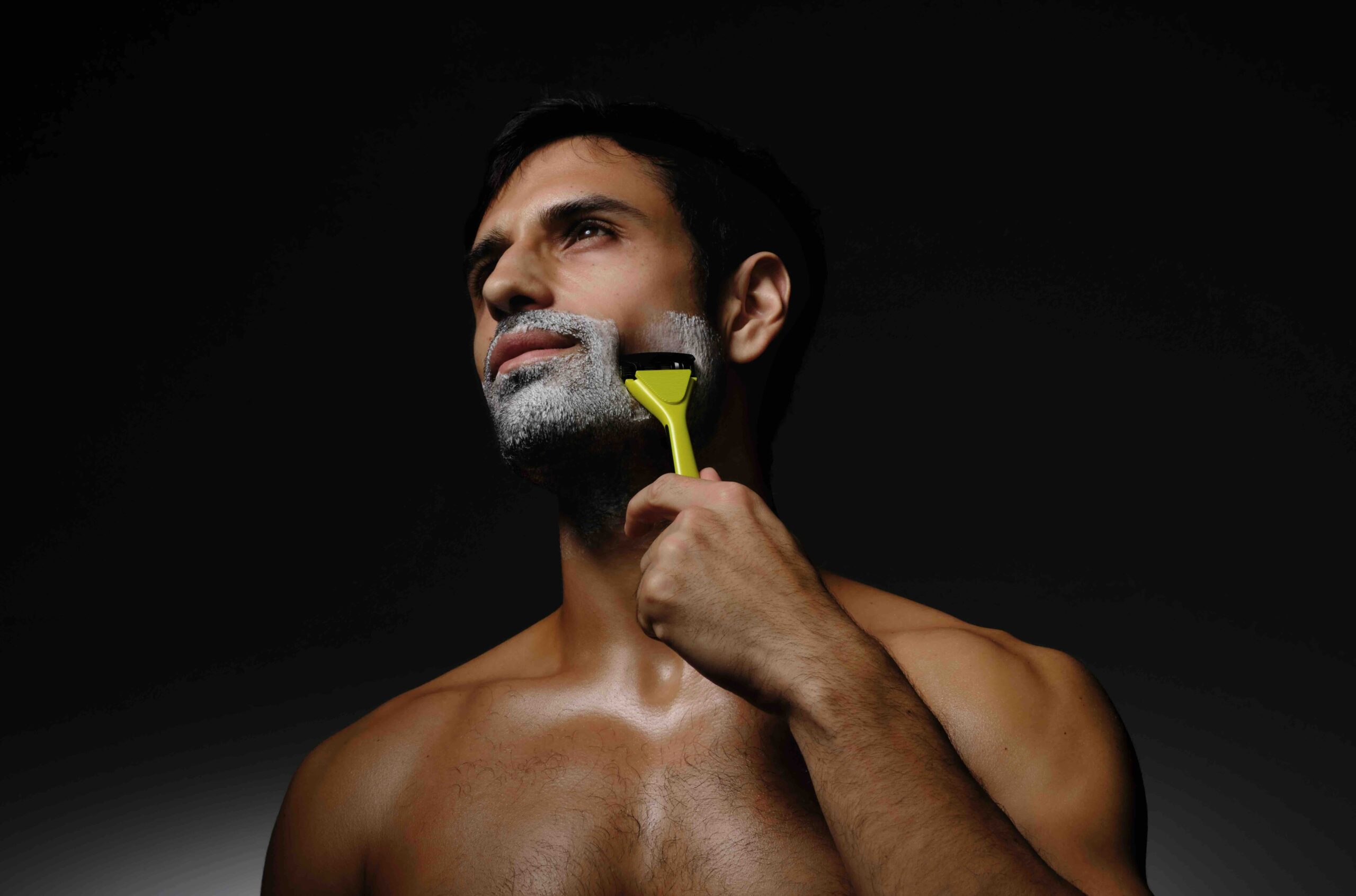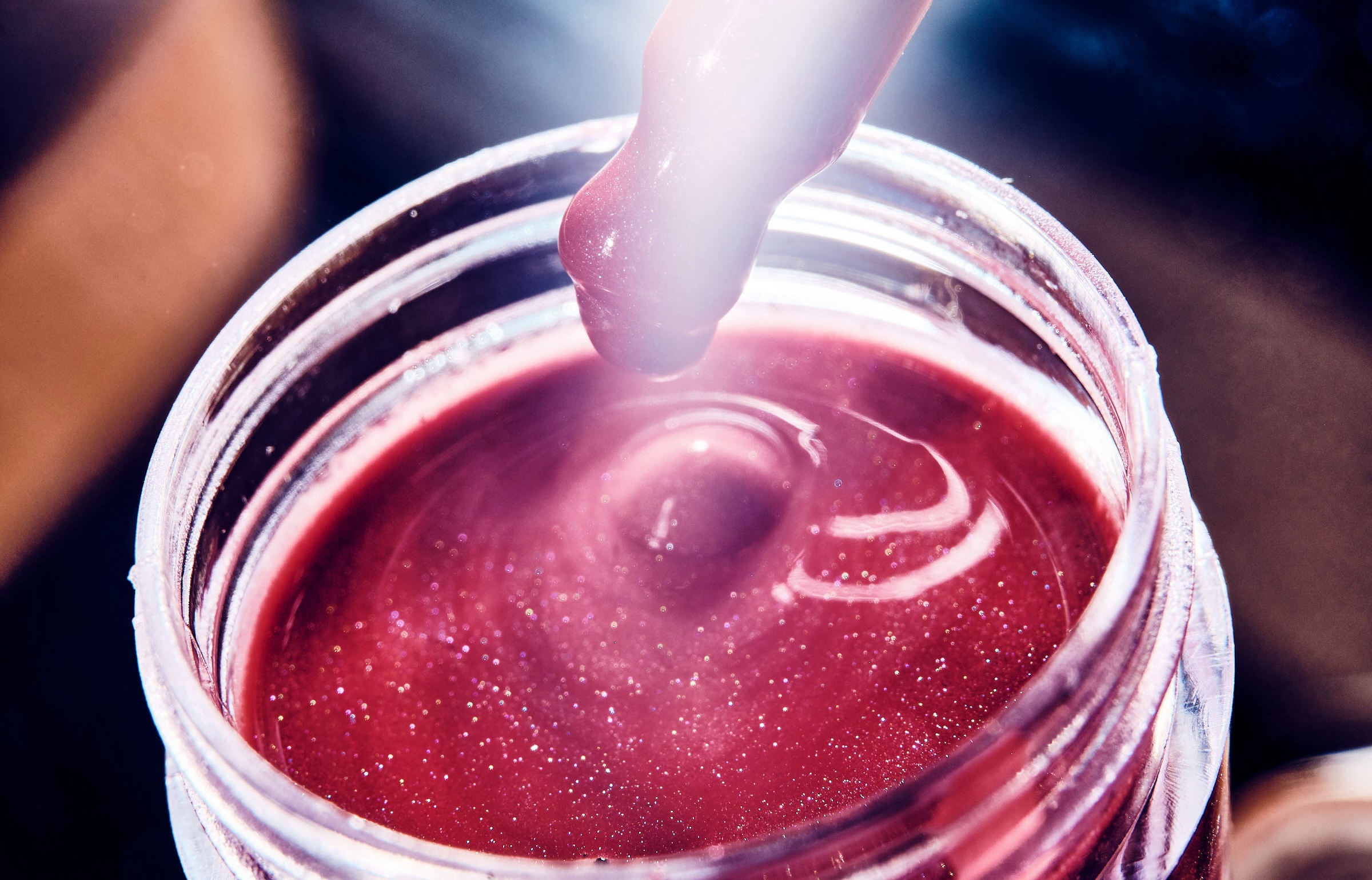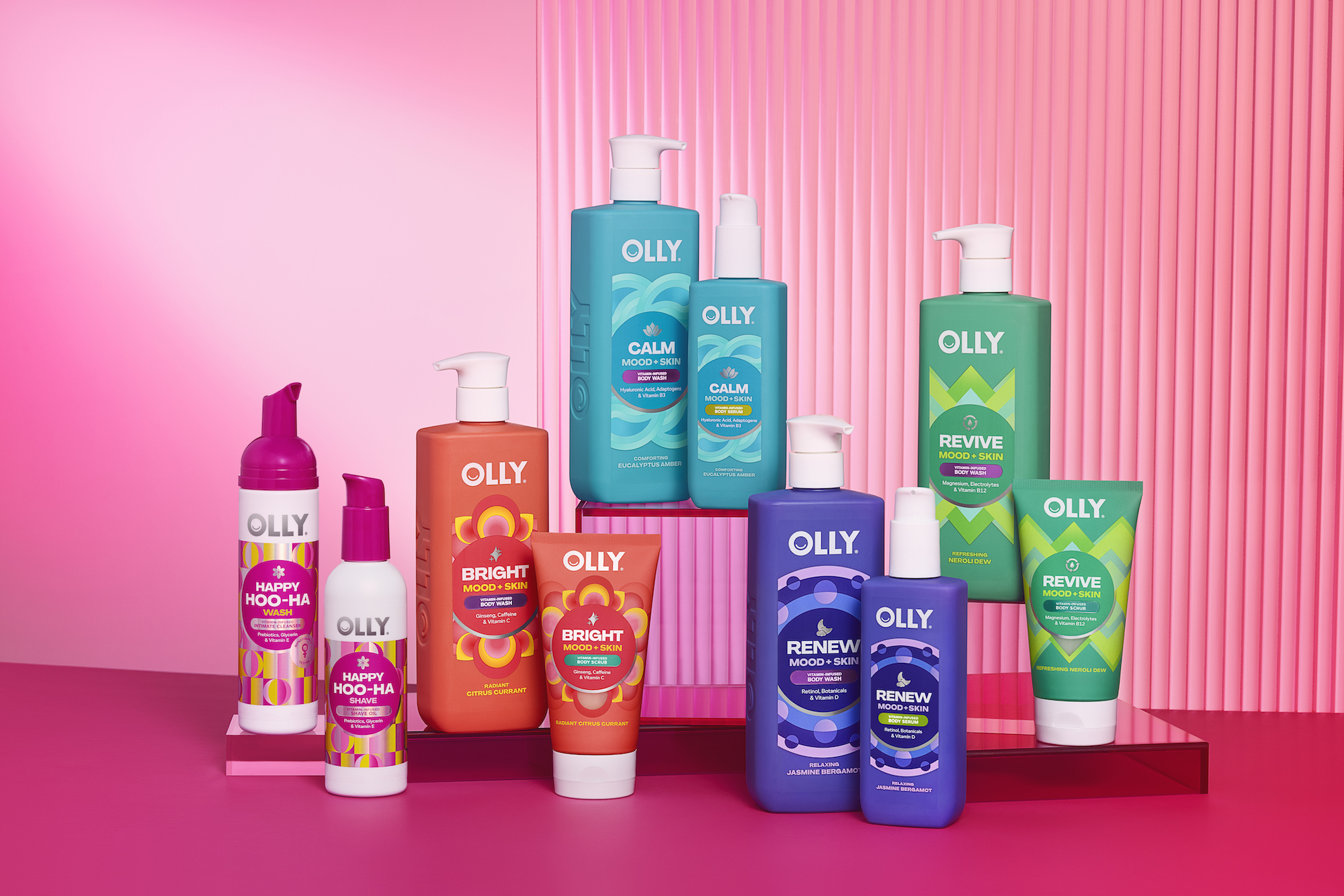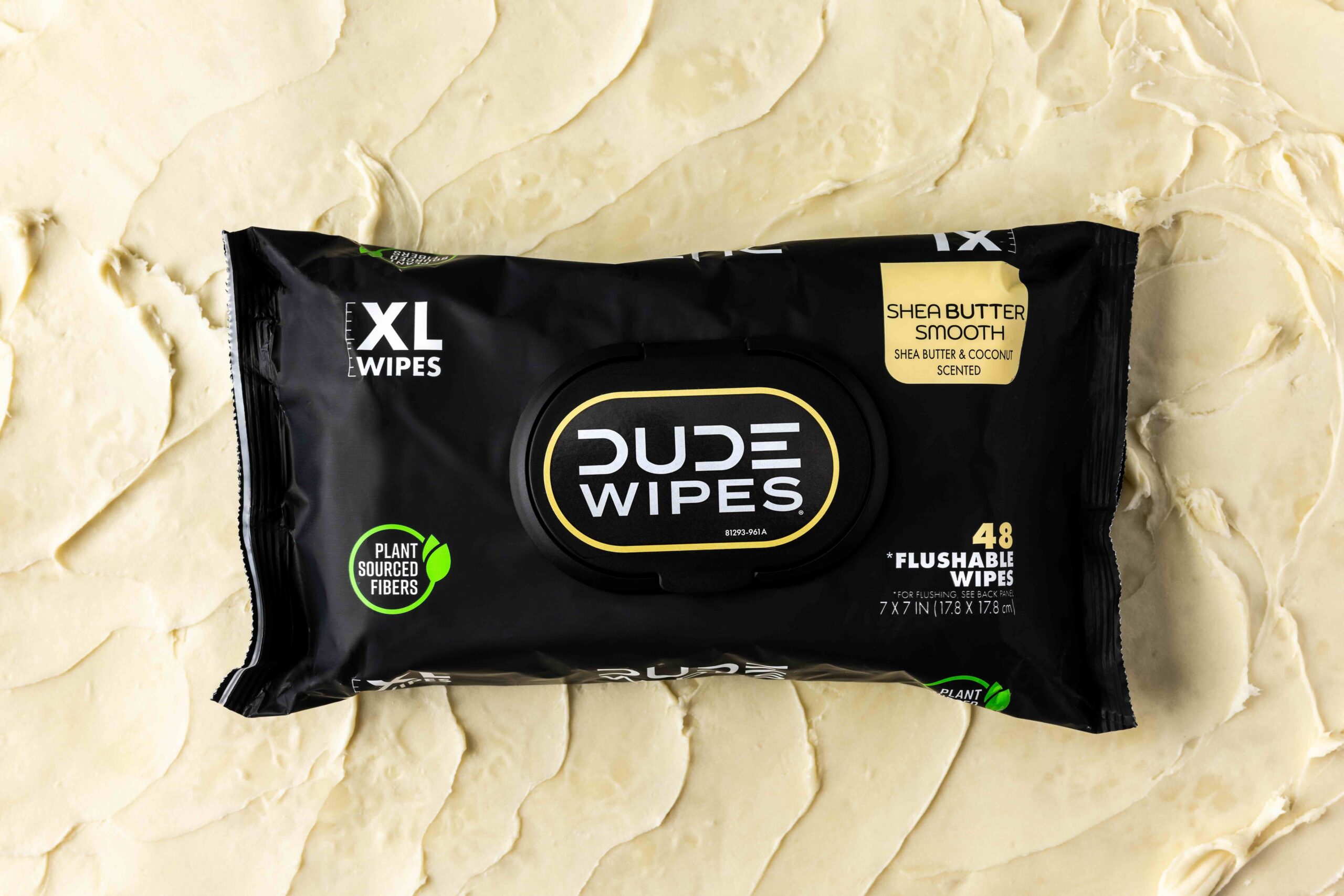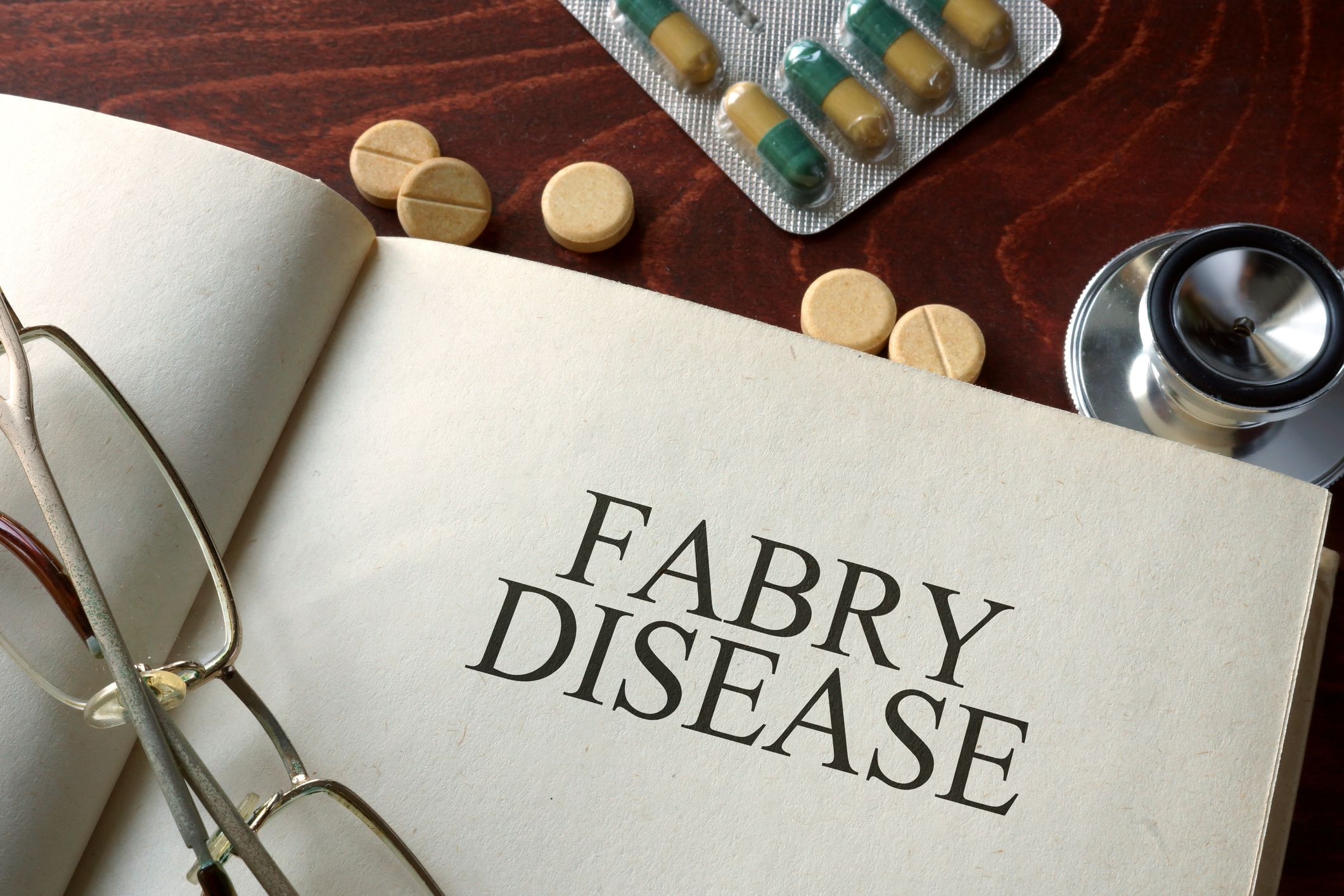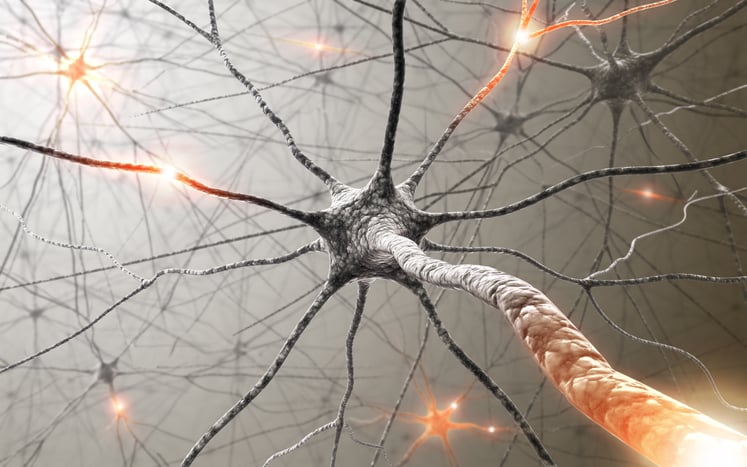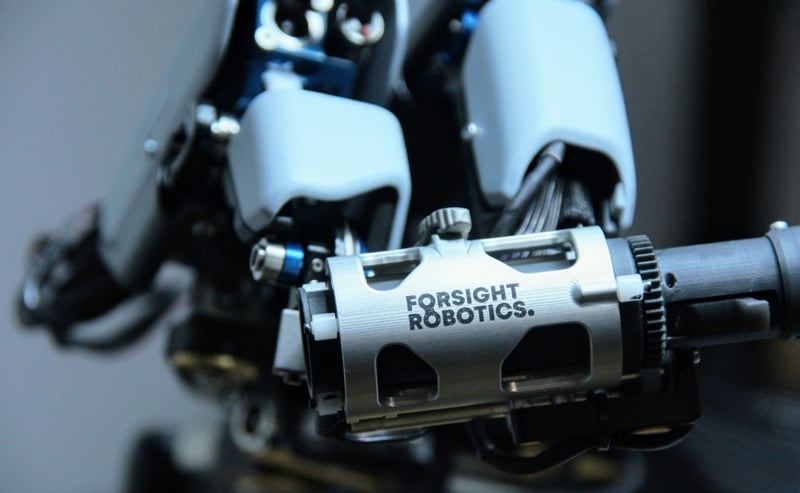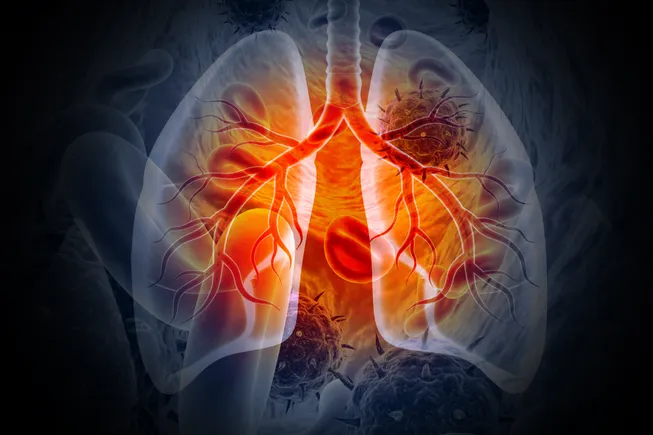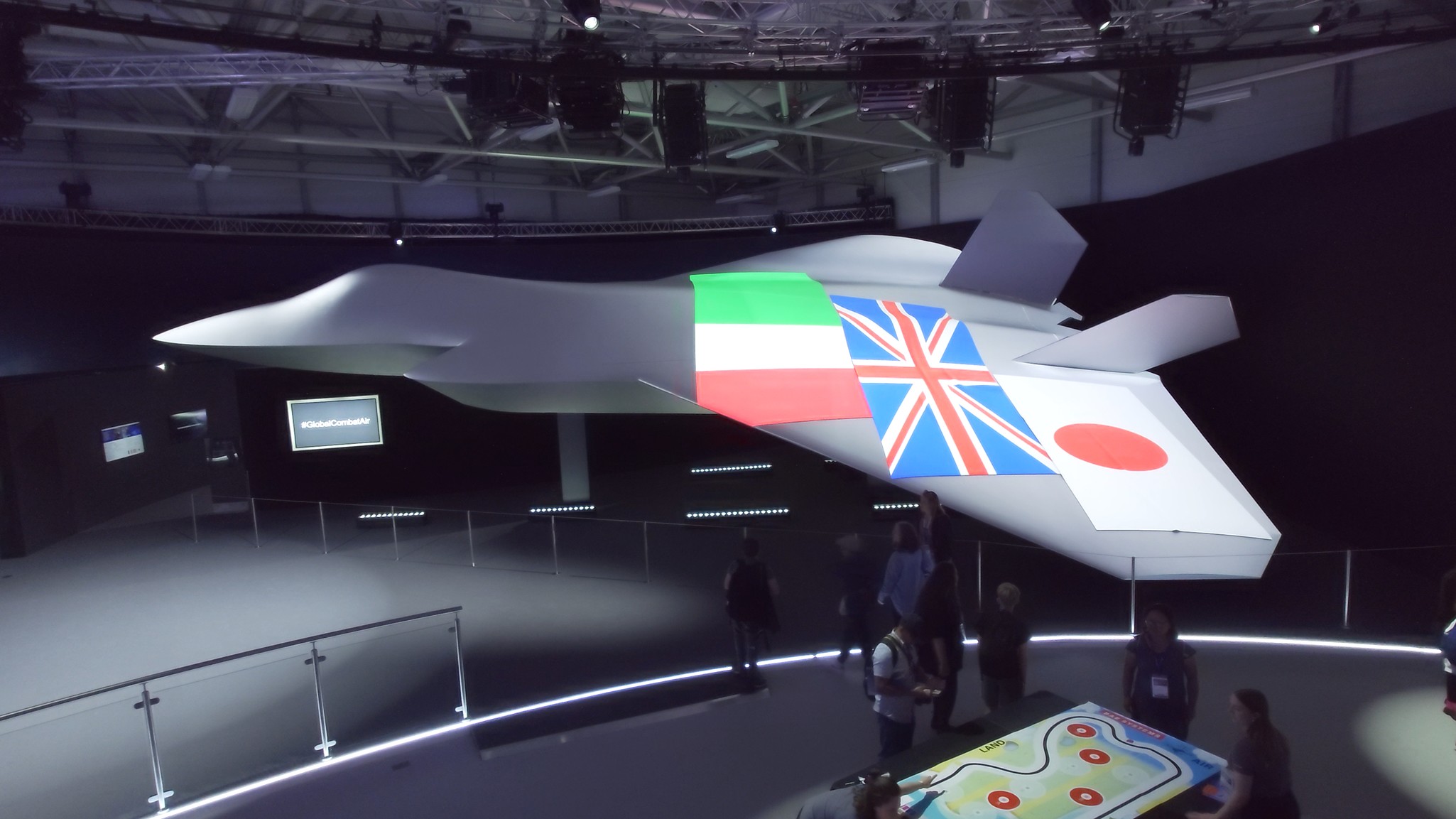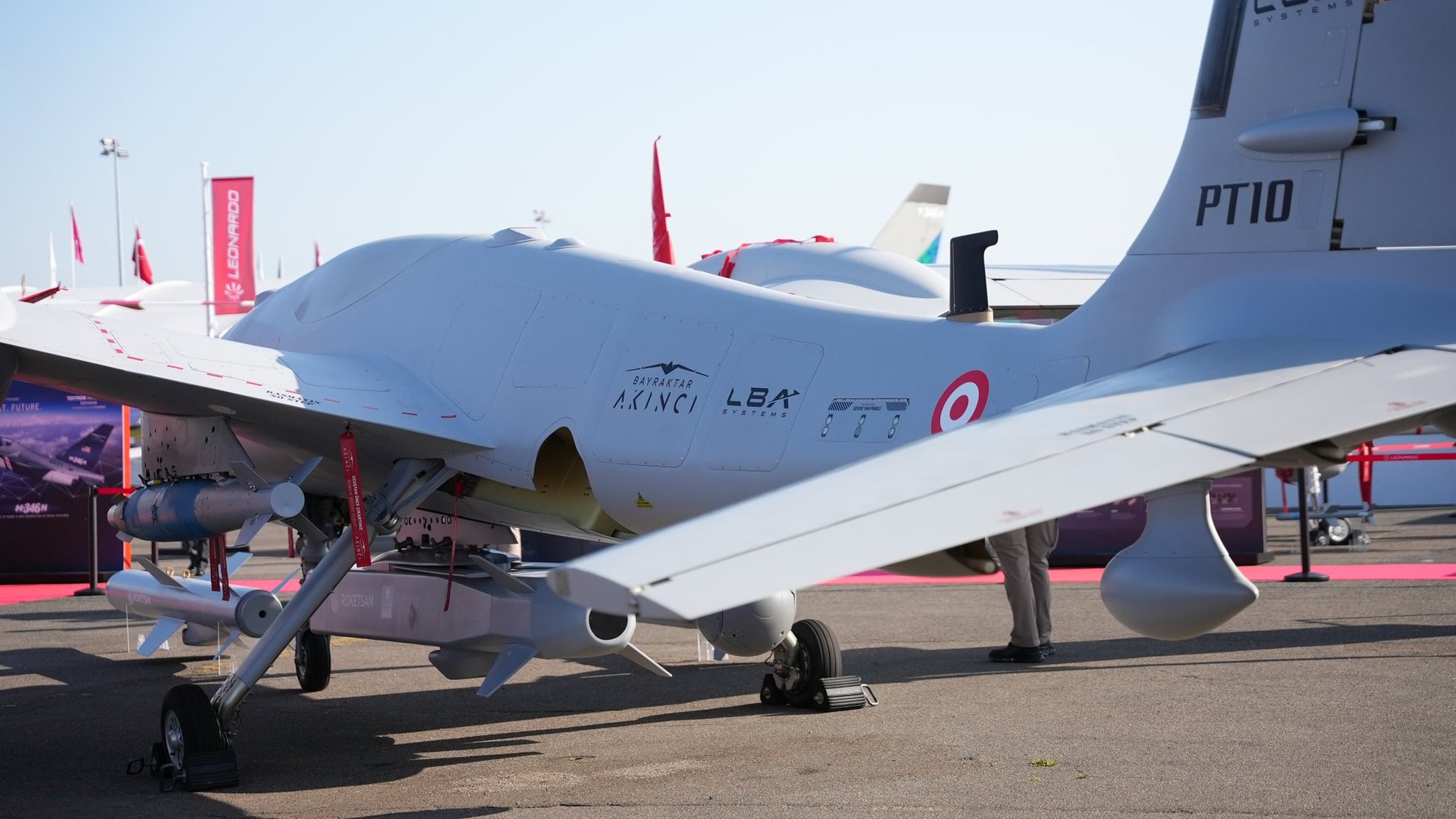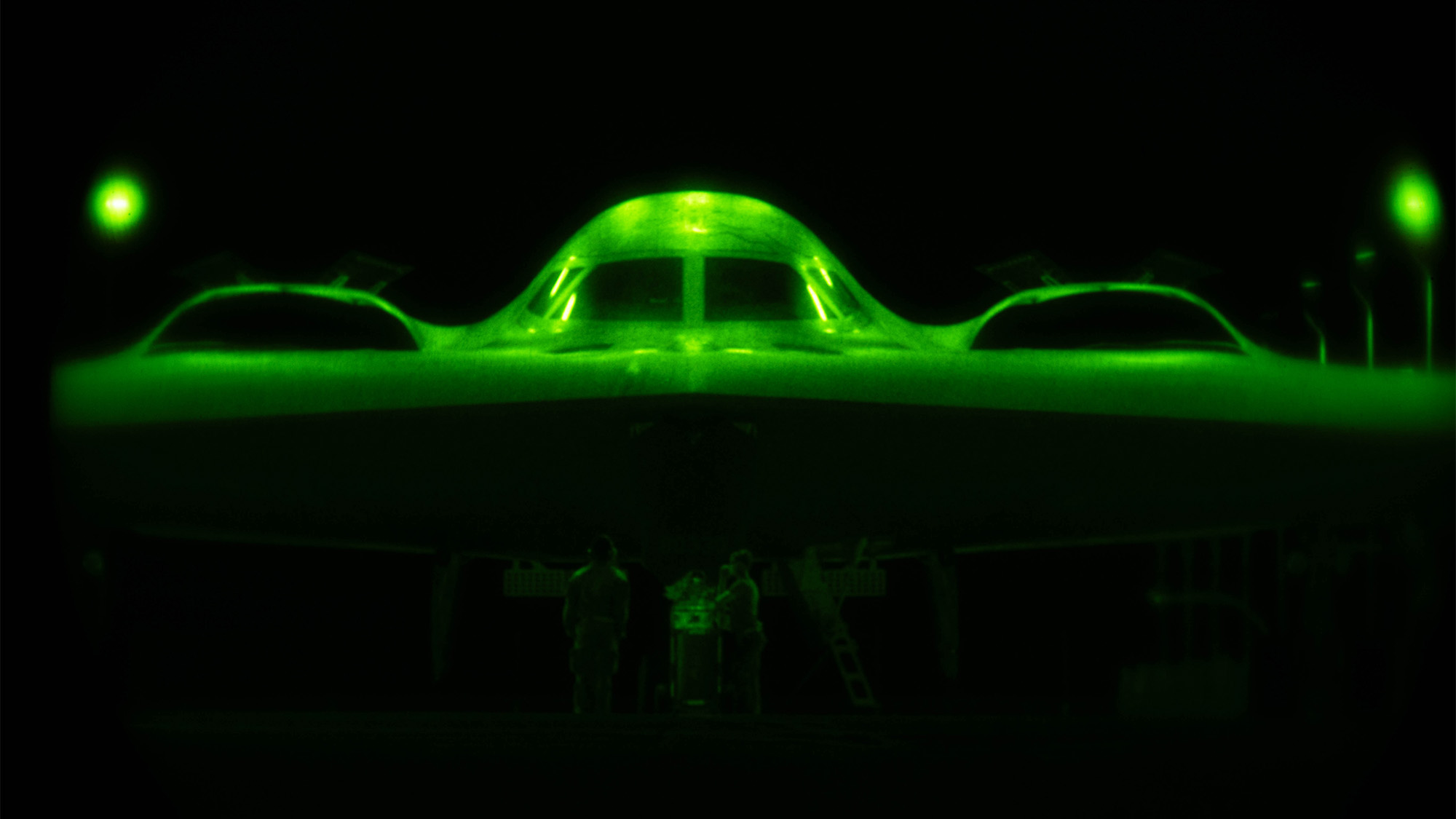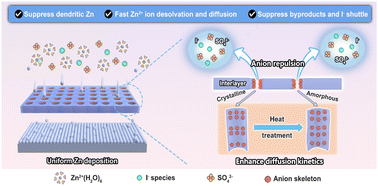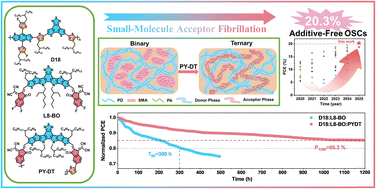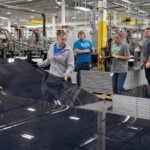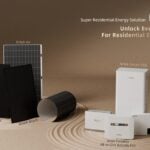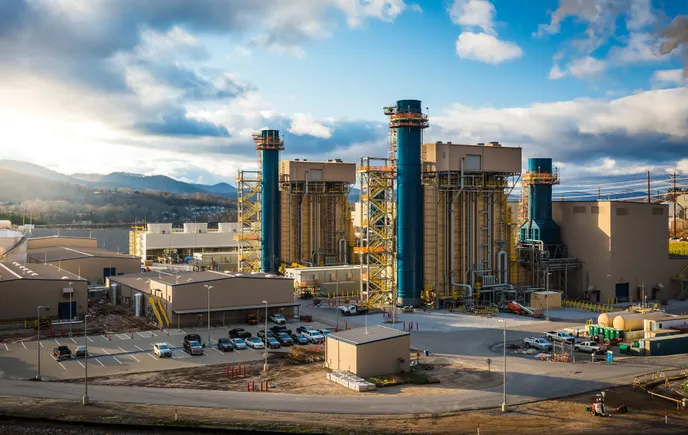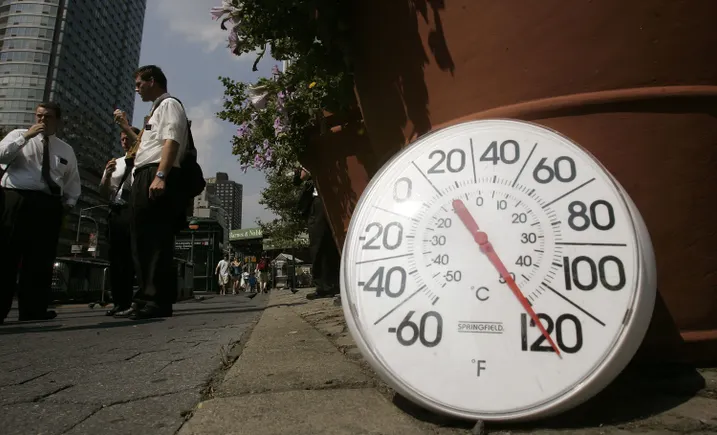Printing and Rerouting of Elastic and Protease Responsive Shape Memory Hydrogel Filaments
Advanced Healthcare Materials, EarlyView.

A biofabrication strategy, Rerouting of Free-Floating Suspended Hydrogel Filaments (REFRESH), is developed enabling the printing of highly elastic, reconfigurable protease-responsive hydrogel filaments with shape memory properties. The filaments can be manually braided, knotted, and rerouted to create intricate cell-laden 3D architectures, expanding the design space for engineered tissues and biomimetic hydrogel systems.
Abstract
The fabrication of mechanically robust and reconfigurable hydrogel filaments remains a major challenge in biofabrication of perfusable architectures, dynamic tissue models, and complex 3D cell-laden constructs. Conventional extrusion-based bioprinting techniques generate filaments that are soft and fragile, limiting post-processing, scalability, and functional adaptability. Rerouting of Free-Floating Suspended Hydrogel Filaments (REFRESH) is introduced as a biofabrication strategy that integrates an aqueous two-phase system (ATPS)-compatible elastic extracellular matrix mimicking bioink material with a flexible printing and post-processing approach to overcome these constraints. This method enables the formation of highly elastic hydrogel filaments cross-linked via strain-promoted azide-alkyne cycloaddition (SPAAC) of bicyclo[6.1.0]non-4-yne-functionalized hyaluronan, exhibiting a strain at break exceeding 100%. The printed filaments maintain mechanical integrity during manual handling and post-processing using textile-inspired techniques, such as knotting and braiding, into reconfigurable 3D architectures. A distinct shape memory function enables programmed mechanical actuation and recovery of deformed structures. The hydrogel system supports high cell viability across multiple cell types and enables the fabrication of multicellular constructs with spatially defined organization. By incorporating protease-degradable cross-linkers, REFRESH-generated filaments function as sacrificial templates for perfusable tubular structures. This approach significantly expands the biofabrication design space, offering new possibilities for engineering vascularized tissues and complex hydrogel-based architectures.















































